A world-famous tourist resort north of Agios Nikolaos, with lacy, windless sandy beaches, crystal clear…
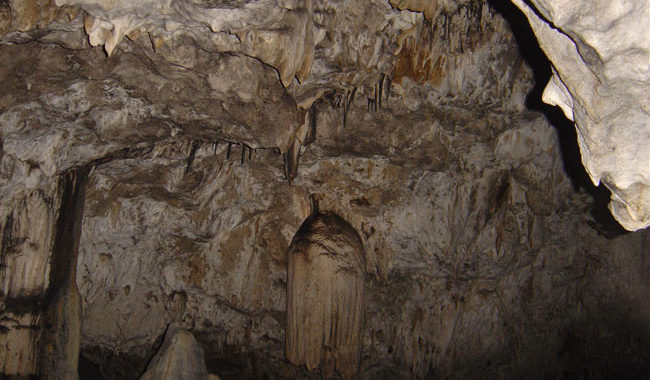
Oxo Latsidi Cave
The elevation is about 610 metres. The cave is formed in Jurassic limestone. A little more northern, there are Permo-Triassic phyllites, which also feature to the southwest of the cave to some extent, while small bulks of Triassic dolomites lie to the northwest and to the southeast of the cave. The village Sitanos is built at the contact point of phyllites and Eocene flysch. The entrance to the cave lies on the contact point of the limestone and the phyllites.
The first 50 metres of the cave were known to the locals. P. Faure was the first to explore the entire cave ion 26th July 1967. A few days later (August 1967) it was roughly mapped and studied by Mr. E. Platakis and Ioannis Tsifetakis. It is a lengthy gallery of a total 360 metres. The entrance – sloping path is horizontal, and measures 1.30 * 1.25. A steep slope of 3.20 metres follows and leads to an inclined hall 34 m in length, 16 m in width and 2,5 in height with a staircase-like floor full of rocks and bed load.
On the right side, there is a chamber that measures 32 m in length with stone material on the walls. From the southeastern part of the first floor begins a narrow gallery, 330 m in length, whose axis has a southeastern direction. Its width varies between 2-8 metres (at some points, the passageway that can be used is just 0,8 m wide). Its height varies: sometimes it exceeds 3 metres and sometimes it measures between 0,5 and 1.5 metres. Many rocks lie on the floor.
Water basins and small shallow ponds are found in some areas. There is significant stillaition at some points. There are several waterflows at few points, which becomes more intense at the end of the gallery, with a flowrate of about 6-8 cubic metres per 24 hours. There, the waterflow disappears among pebbles and sand. All along the gallery, the trails of great older waterflows, as well as of smaller, contemporary ones during periods of rain. This means that the cave used to be the bed of an underground active river, whose activity is substantial nowadays. That justifies the poor natural decor of the cave.
A stalagmite breaks the monotony of the landscape. There are many small, mostly mastoid stalactites. There are very small pillars and whiteish limestone coverings with wet surfaces on the walls of many areas. Until the 1/3 of the course, the relevant humidity attains 100%. This brings about disconfort and breathing problems. Thus, prolonged stay in the cave is not recommended.
The floor is horizontal at some points, at some others it becomes sloping and inclined for 2-4 m. The end of the gallery lies approx. 35 metres beneath the floor of the entrance. Oxo Latsidi is one of the biggest caves of Crete. It is very interesting in a geological -speleological aspect. It can and it should be exploited to facilitate the work of scientists and visitors that enjoy underground courses.
Additional Info
Location: 20km from Sitia
Access: Asphalt road
Facilities: Not organized
Αltitude: 610m
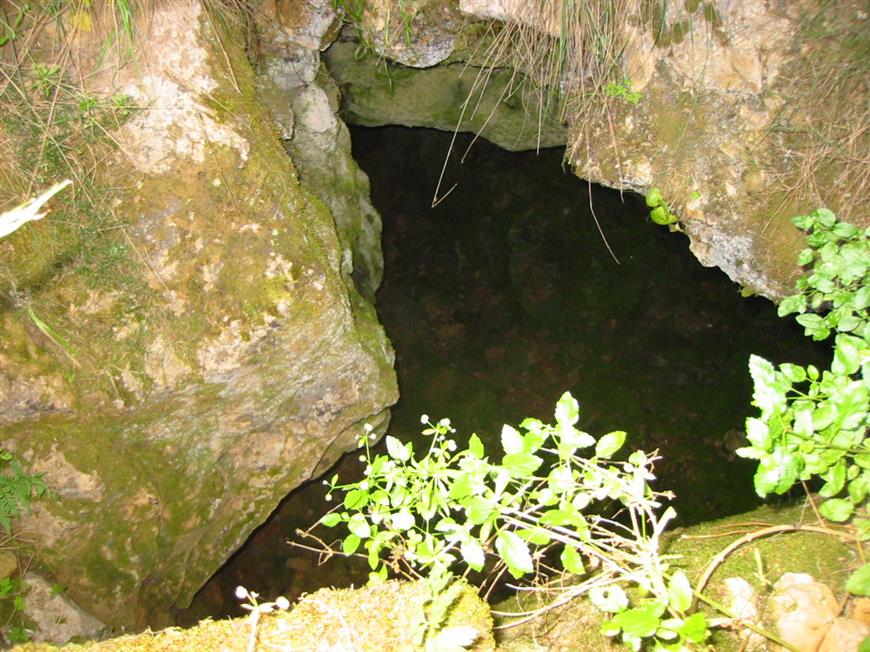
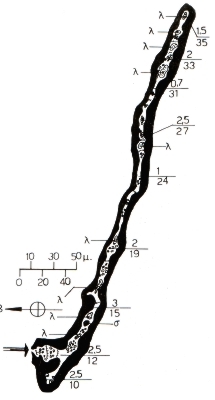
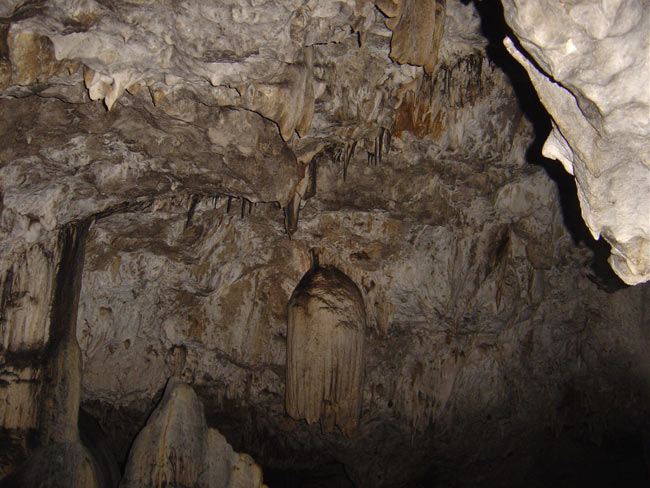

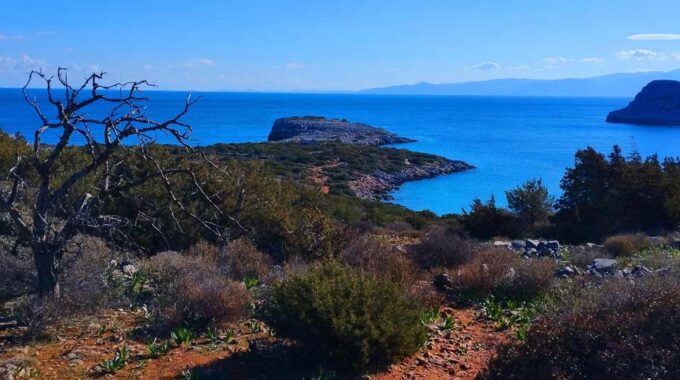
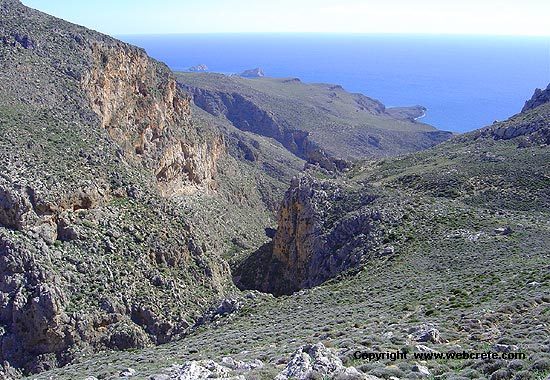
This Post Has 0 Comments